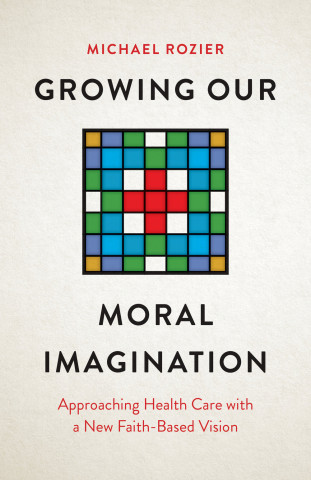
Reviews
As an oncologist and caregiver of a spouse with cancer, I felt very close to the issues raised and the coverage of the subject matter. I hope that this book will reach a broad audience to stimulate an open discussion on this topic.
In Curing Cancerphobia, Mr. Ropeik makes the case that, while screening saves lives in some cases, it has a modest lifesaving benefit overall, and also causes a fair bit of harm through overdiagnosis and overtreatment.The overall message of the book is an important one: Follow the science to find the right balance.
Ropeik takes a deep dive into the world of cancer screening and raises a troubling question: Has screening, despite its clear medical and psychological benefits, inadvertently created an irrational fear of cancer—a cancerphobia—that, in turn, has needlessly frightened or harmed people?...He carefully sifts though often-conflicting evidence of overscreening, overdiagnosis, and overtreatment.
In a highly engaging exposition of the emperor of nosophobias, Ropeik details how the gravity force of cancerphobia warps risk perception, leading to personal or societal harms and legislative misdirection. He provides tools to avoid fear-dominated fast thinking and to employ slow thinking techniques to reach the goal of informed health decisions by patients, health care professionals, and policy makers.
In his timely and important book, David Ropeik shines a bright light on how misperceptions about cancer risks can lead to large costs to individuals and society. Ropeik has done the research and knows how to tell a compelling story. Curing Cancerphobia illustrates how the medical and public health communities can combat the problem and how all of us can make more informed everyday decisions.
Cancer more so than any other disease induces fear. Often this leads to rash and irrational actions regarding screening and treatment. In simple English, David Ropeik explains the need for every patient to calmly and rationally research and understand the diseases known as cancer and how our understanding of them and their varying biologic behavior has evolved.
Will a single cancer cell inevitably multiply until it kills us or we kill it first? In this lively and engaging book, health risk expert David Ropeik helps us understand our fear of cancer and how we can—individually and collectively—overcome the many harms done by this fear.
Book Details
Introduction
Part One. The Origins of Our Fear of Cancer
Chapter 1. The Historical Roots
Chapter 2. The Psychological Roots
Part Two. The Costs to Individuals
Chapter 3. Overscreening, Overdiagnosis
Introduction
Part One. The Origins of Our Fear of Cancer
Chapter 1. The Historical Roots
Chapter 2. The Psychological Roots
Part Two. The Costs to Individuals
Chapter 3. Overscreening, Overdiagnosis, Overtreatment: An Overview
Chapter 4. Breast Cancer: When Worry Causes Us to Do Too Much
Chapter 5. Prostate Cancer: When Worry Causes Us to Do Too Much
Chapter 6. Thyroid Cancer: When Worry Causes Us to Do Too Much
Chapter 7. Lung Cancer: When Worry Causes Us to Do Too Much
Chapter 8. Colorectal Cancer: When Worry Causes Us to Do Too Much
Chapter 9. Underscreening: When Fear Scares Us Out of Doing Enough
Chapter 10. Delayed Diagnosis: When Fear Scares Us Out of Doing Enough
Part Three. The Costs to Society
Chapter 11. The Stunning Economic Cost of Our Sometimes Excessive Fear of Cancer
Chapter 12. Environmentalism's Contribution to Our Fear of Cancer
Chapter 13. Other Societal Impacts of Our Fear of Cancer
Part Four. Reducing the Costs
Chapter 14. Combating Cancerphobia
Chapter 15. Combating Cancerphobia in Yourself
Acknowledgments
Notes
Index






